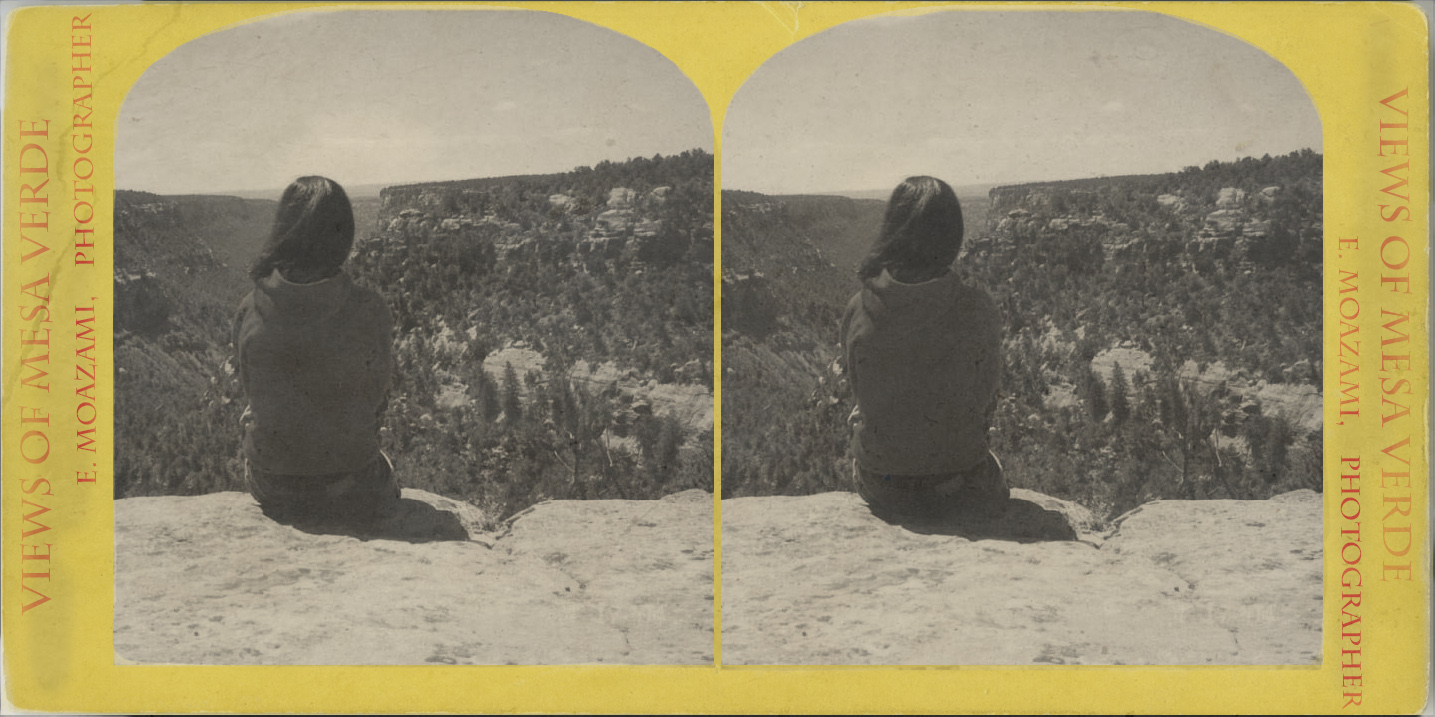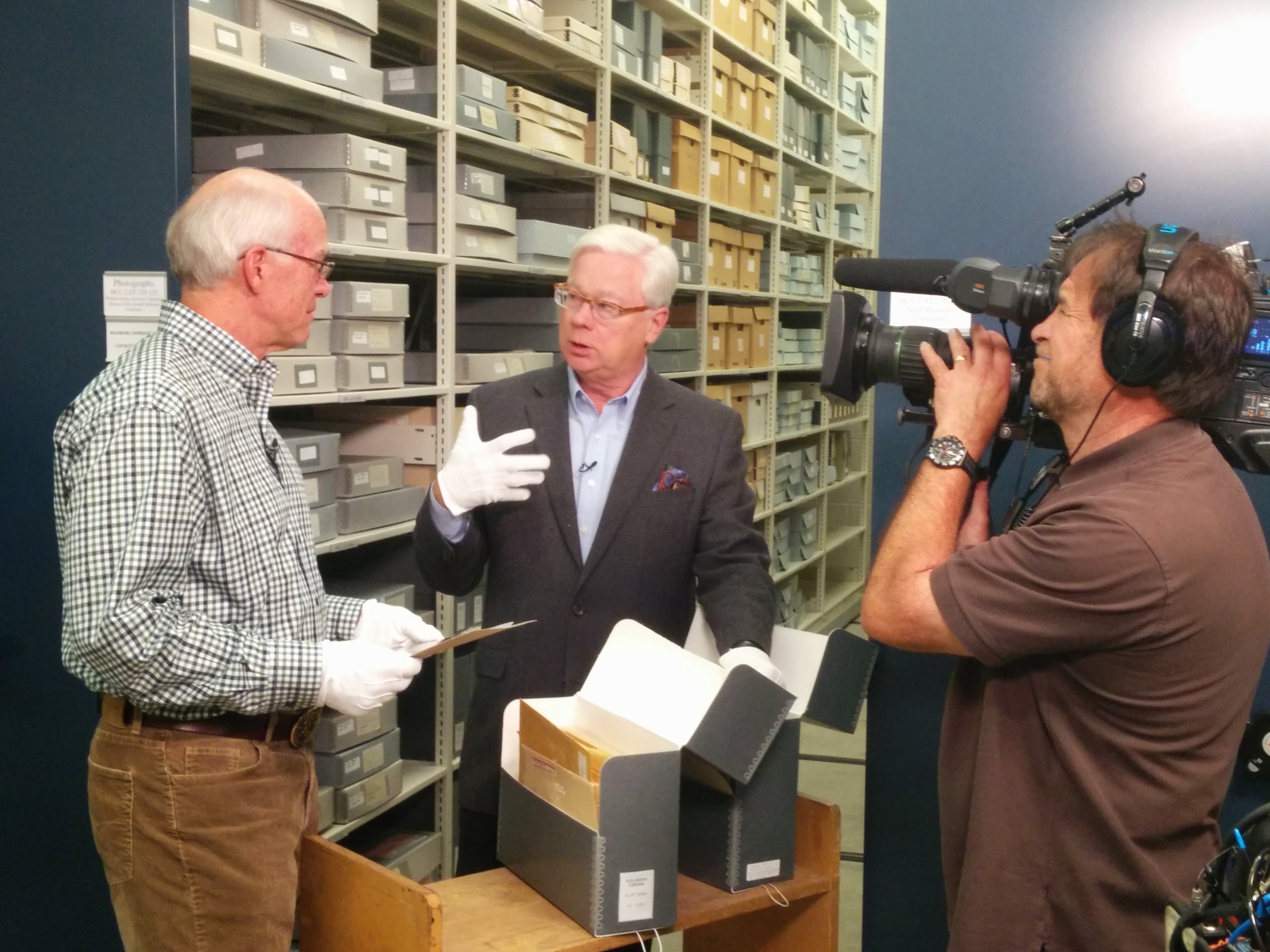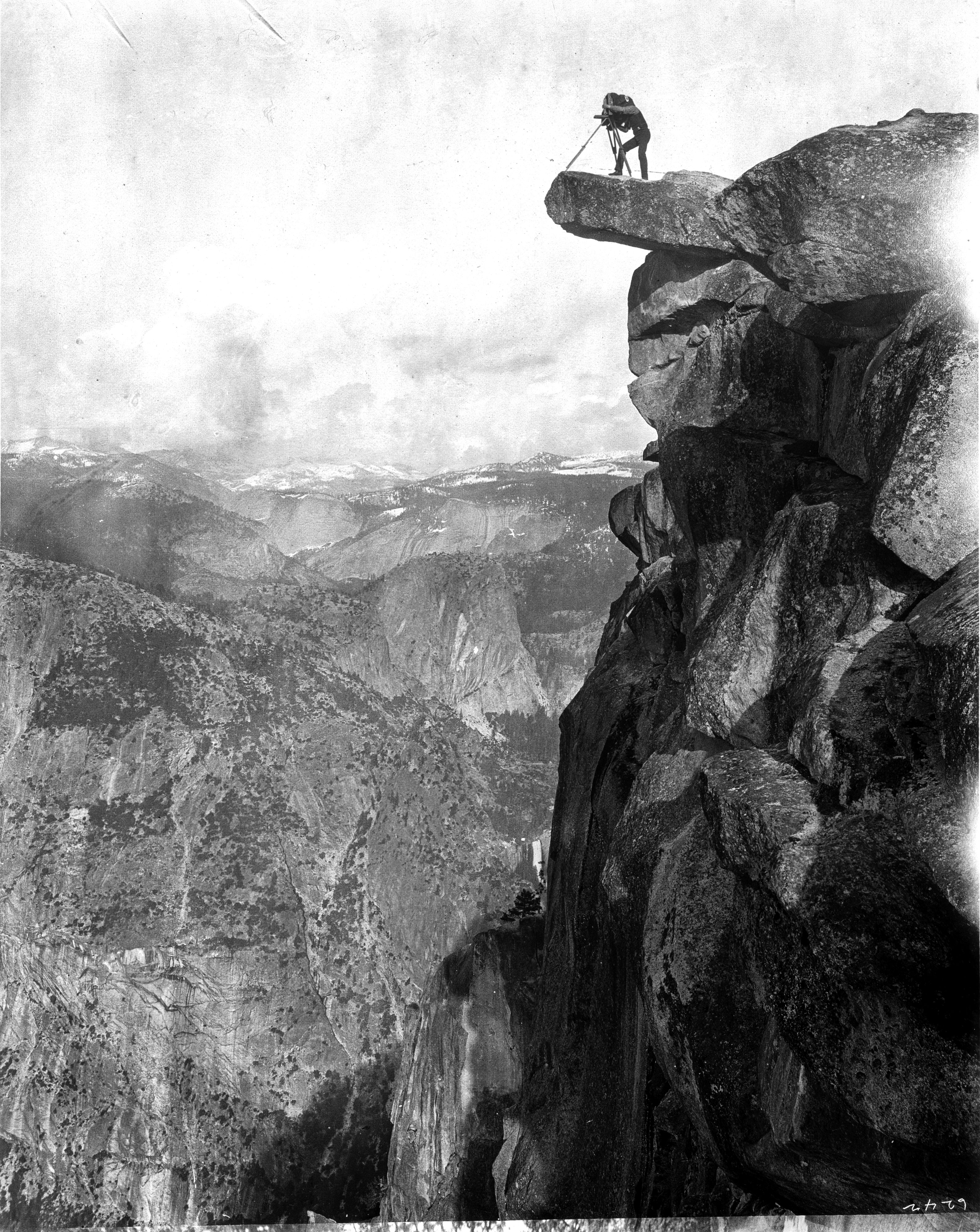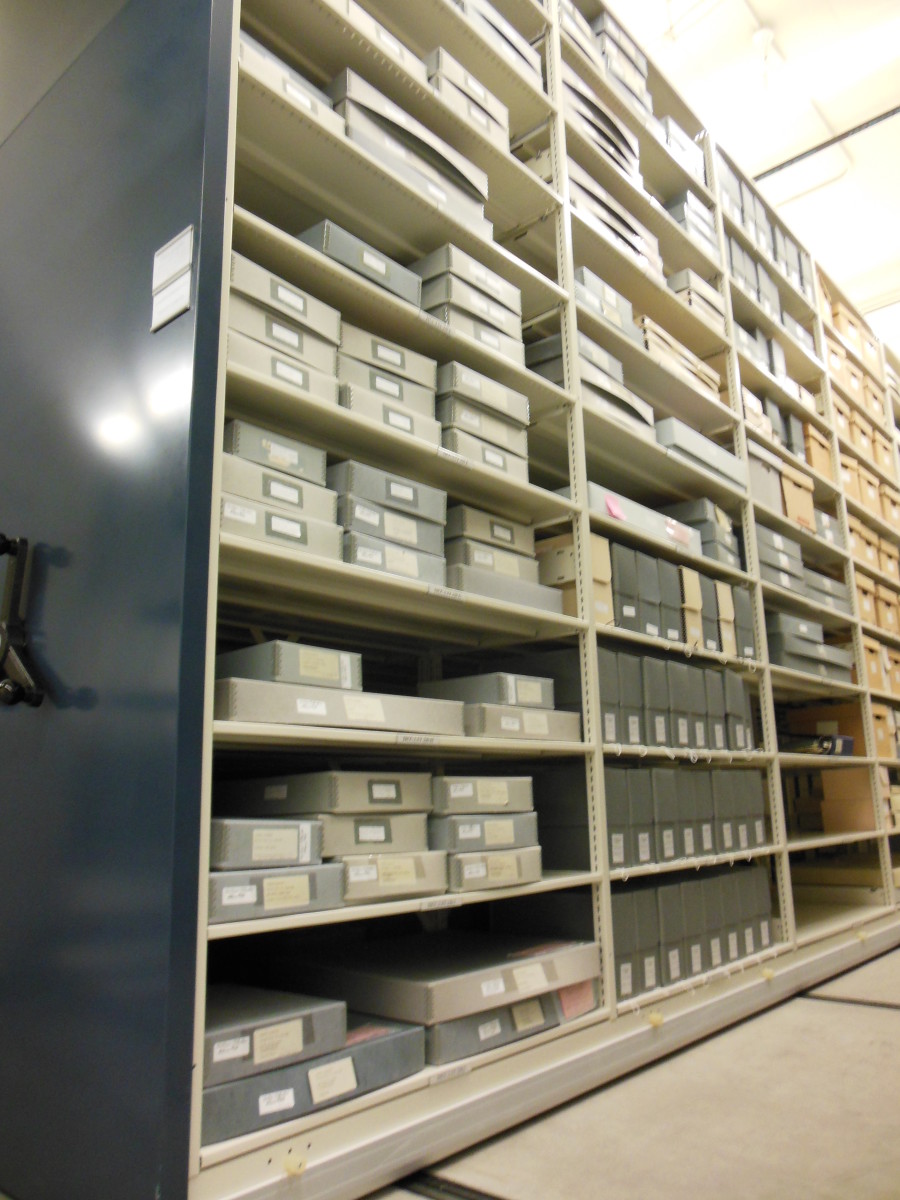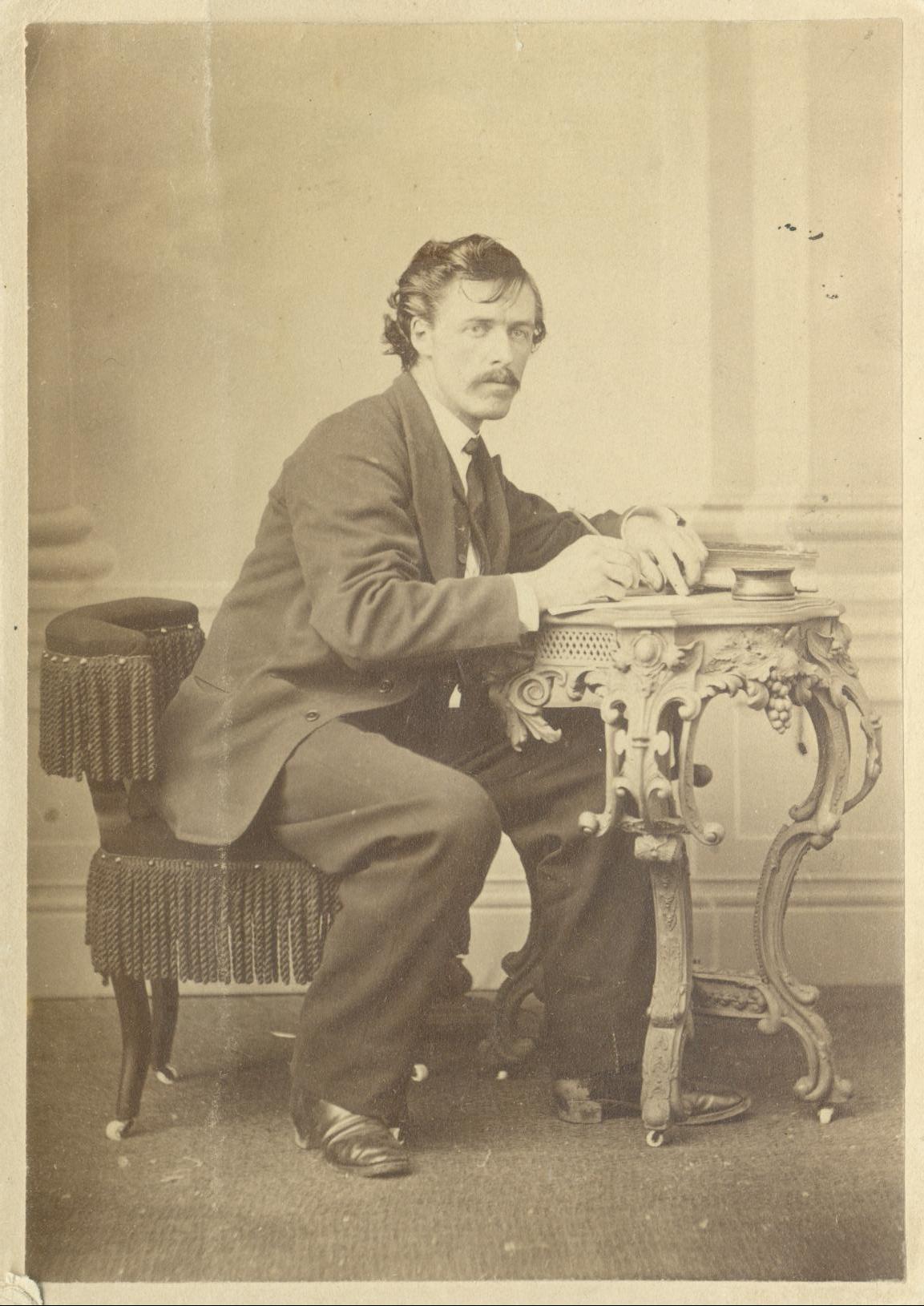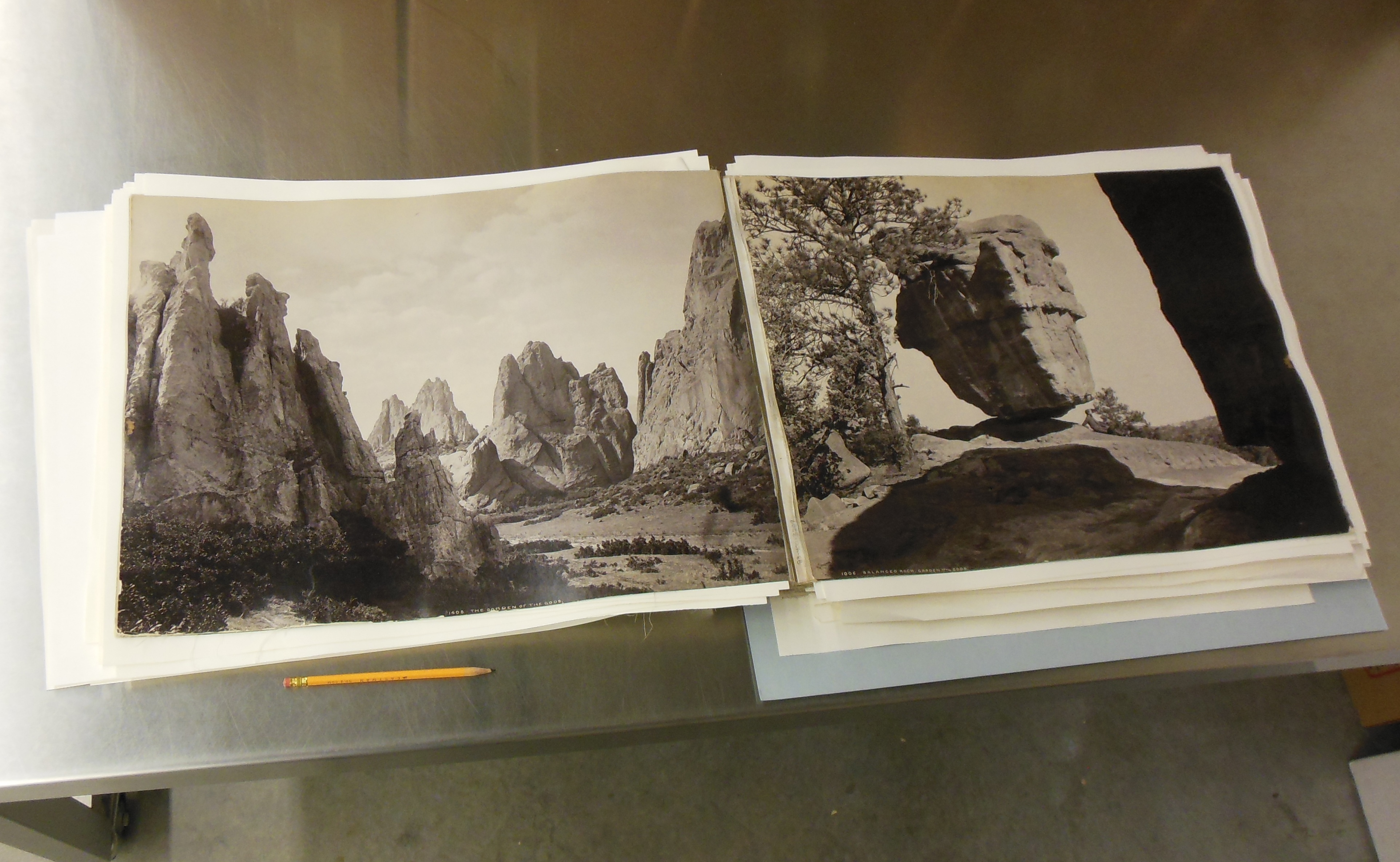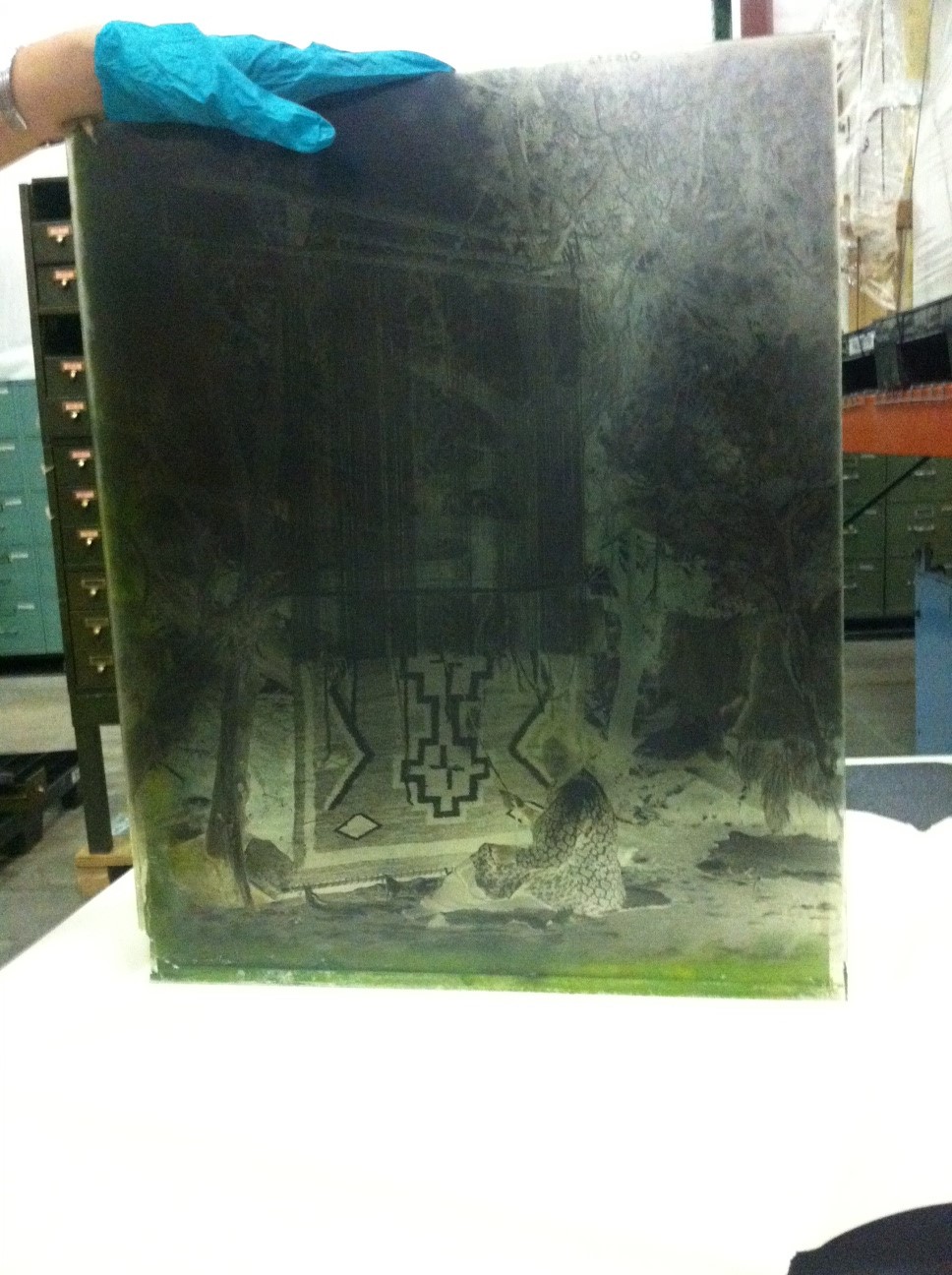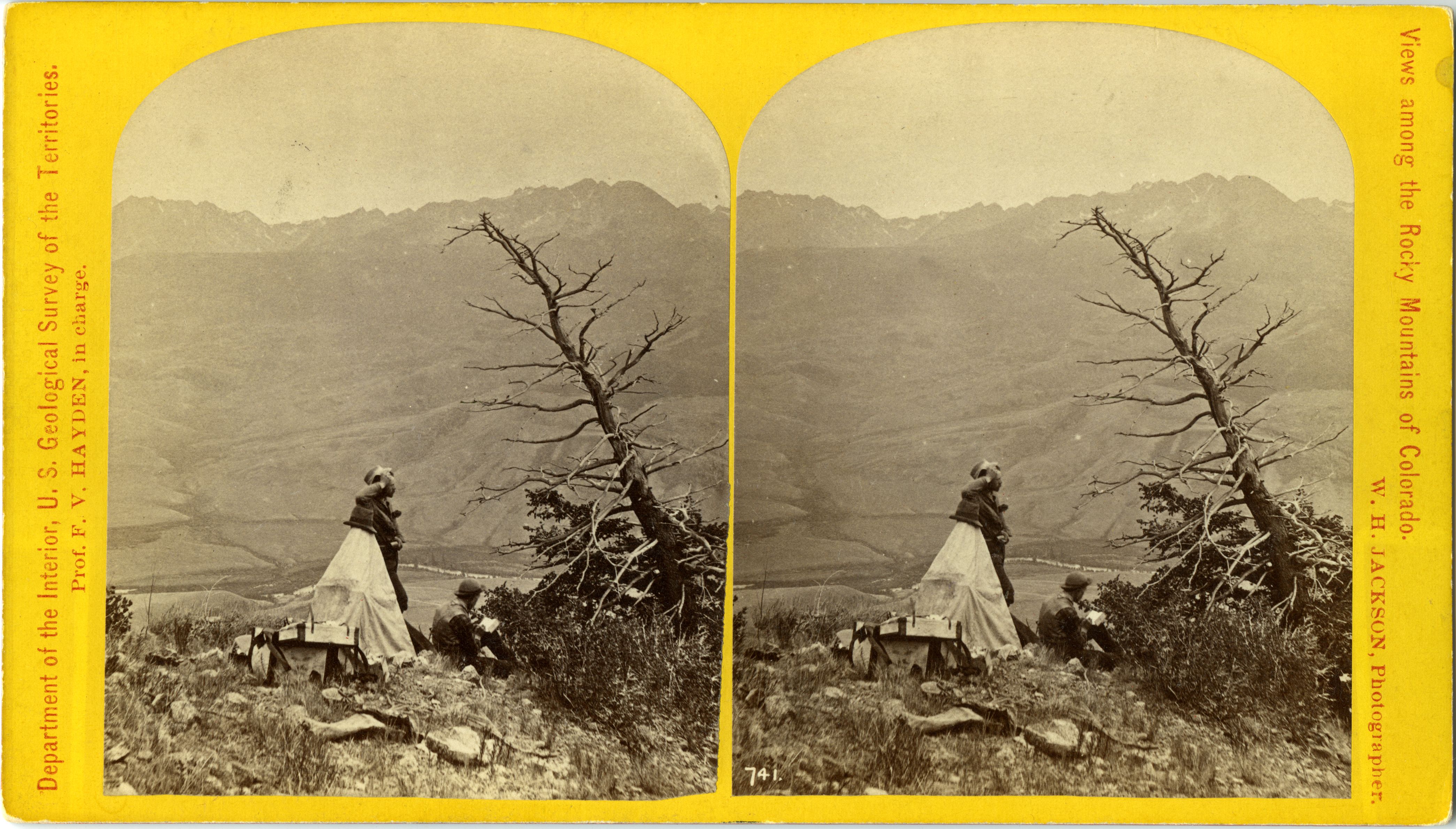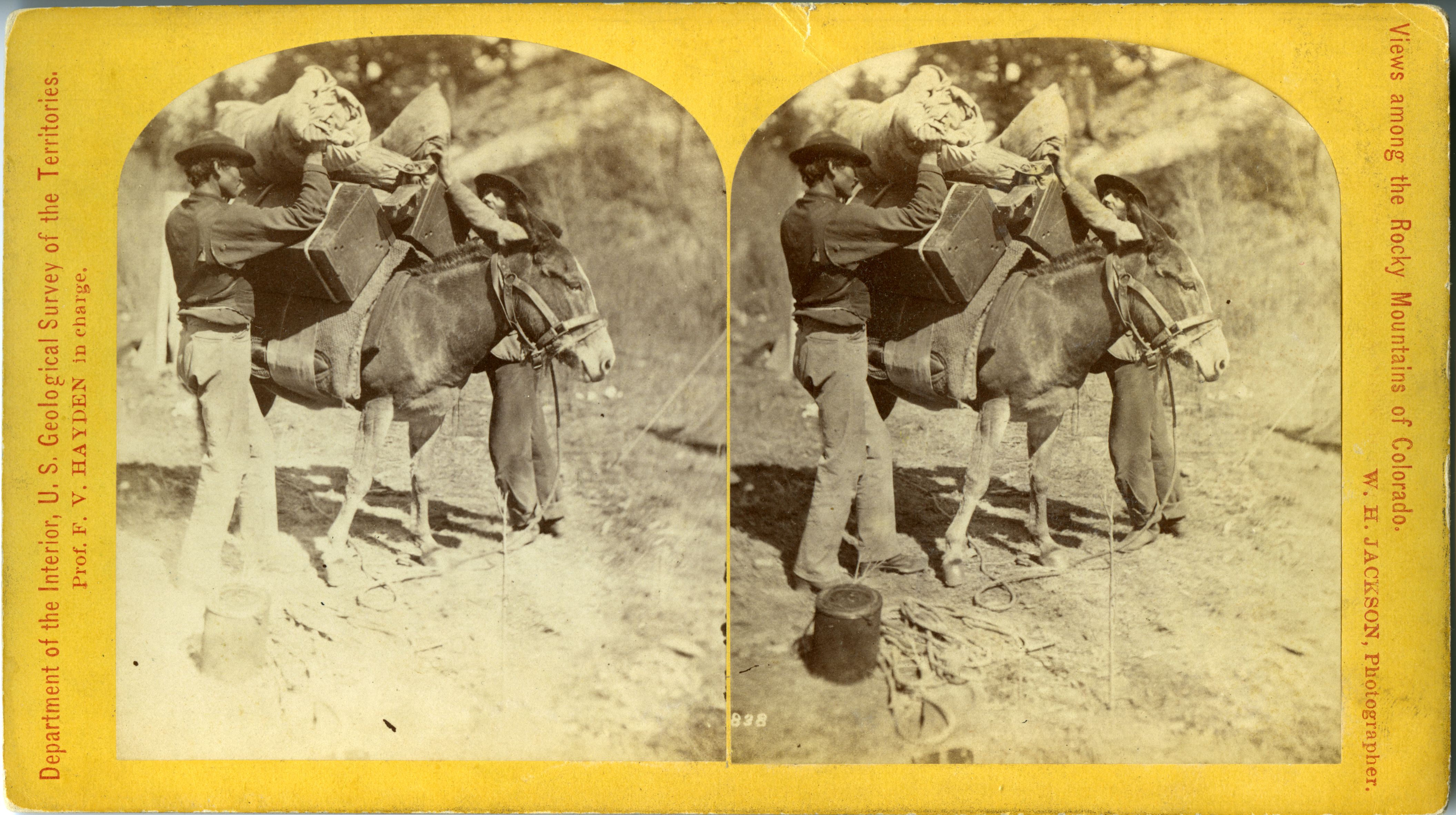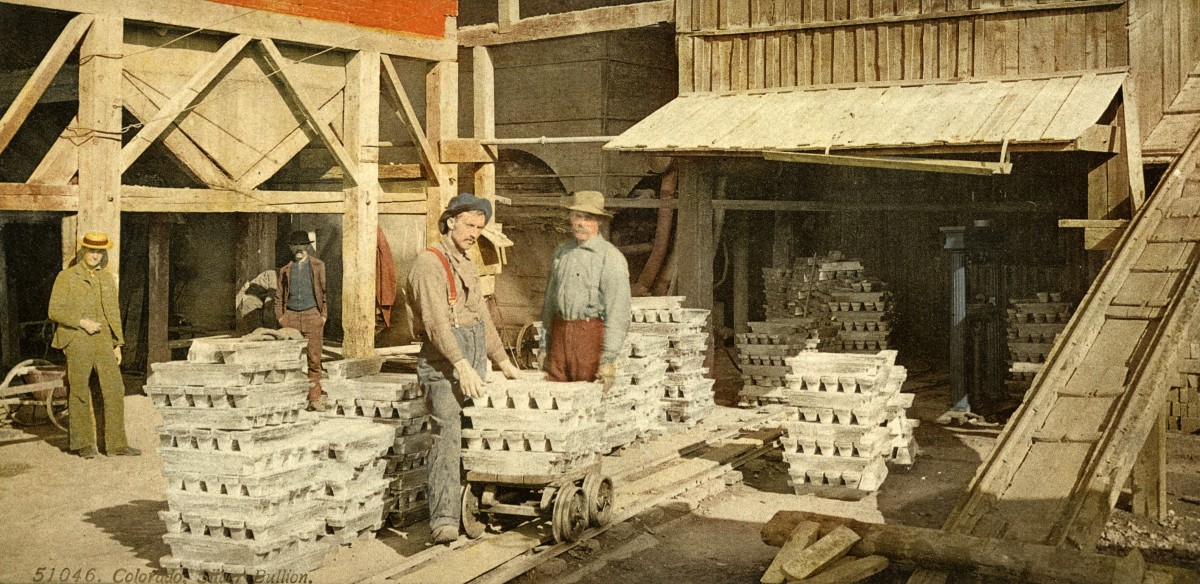Story
Mules, Mammoth Plates, and Mountains
William Henry Jackson's Adventures Photographing Colorado and the American West
A few months back, Barry Petersen of "CBS Sunday Morning" came to History Colorado to film our William Henry Jackson photograph collection for a segment on contemporary photographer John Fielder. In 1997 and ‘98, Fielder, in collaboration with the Colorado Historical Society (today’s History Colorado), launched a project to “re-photograph” scenes from our collection of Jackson’s historic Colorado landscapes; Fielder studied thousands and chose 300 to recreate.
Using copies of historic prints as a guide, he retraced Jackson’s steps and re-photographed scenes from the exact same vantage points Jackson used 130 years before. The juxtaposition of the photographs shows the transformations our state has undergone in the span of a century: landscapes have changed, buildings and towns have gone up where none stood before, and once-plentiful lakes have dried up and disappeared. The photographs were reproduced side-by-side and published in Fielder’s 1999 book Colorado 1870-2000, from Westcliffe Publishers.
So who was William Henry Jackson anyway?
William Henry Jackson was born a few years after the invention of photography and died just shy of his 100th birthday. In that century’s time, he became a significant figure not only in the history of Colorado, but in the history of photography itself.
Jackson’s photographs were widely published and reproduced, and his work is held in museums, libraries and archives across the world. What makes History Colorado’s collection of Jackson’s work so unique is that we hold the largest set of his photographs shot west of the Mississippi: an estimated 10,000 one-of-a-kind glass plate negatives and more than 5,000 original prints. The Library of Congress holds Jackson’s glass plate negatives photographed east of the river.
Jackson was born in 1843 in Keeseville, New York. He got his start in the photography business by hand-coloring photographs in a studio in Vermont. In 1867 he opened a studio with his brother in Omaha, Nebraska, but grew tired of studio portraiture and soon headed west to photograph landscapes and portraits of Native Americans. From 1870 to 1878 he was the official photographer for the U.S. Geological and Geographical Survey of the Territories, conducted by Ferdinand Vandeveer Hayden. The assignment took Jackson across the western United States and into areas that had never been photographed. Jackson was the first person to photograph and publish shots of Yellowstone, and his stunning landscapes were shown to Congress before their 1872 vote to designate Yellowstone the first U.S. National Park. Jackson is also believed to be the first person to photograph the cliff dwellings in the Mesa Verde region of Colorado.
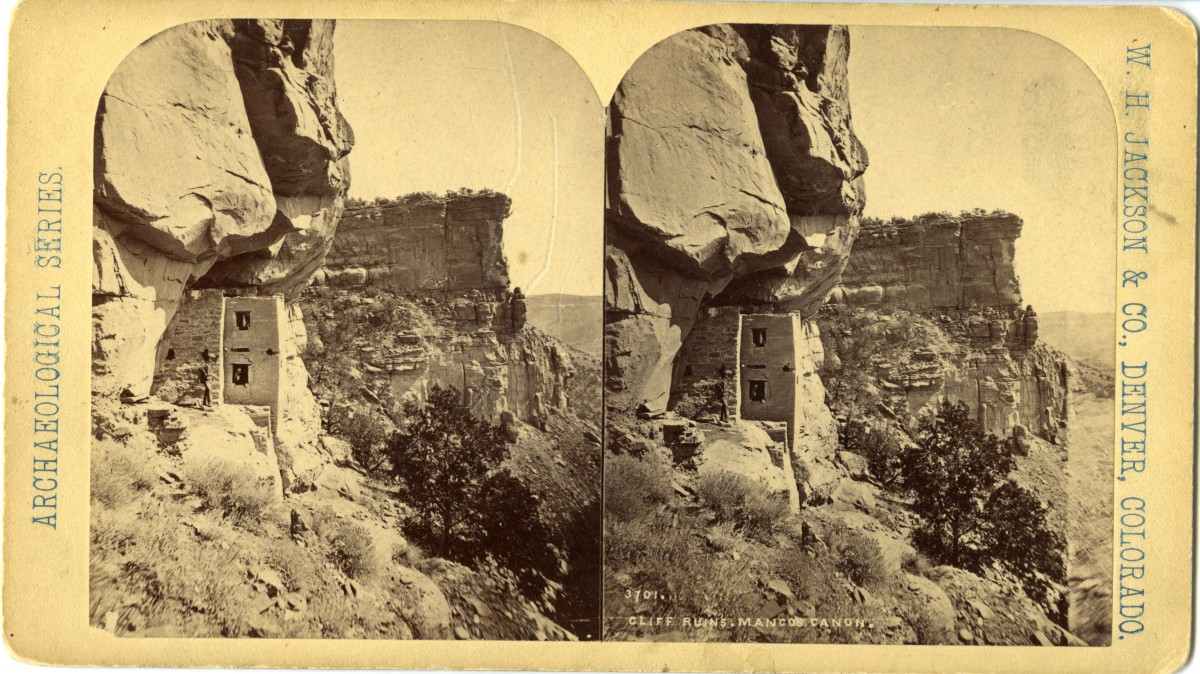
This Jackson photo is one of the first photographs ever shot of the cliff dwellings in the Mesa Verde region.
One of the most significant portions of History Colorado’s Jackson collection are the 18 by 22 inch “mammoth” glass plate negatives, many of which Jackson shot during the Hayden Survey of 1875. Using a large-format 20 by 24 inch camera, Jackson was the first photographer to shoot mammoth glass plates out in the field. History Colorado has about 645 of these mammoth glass plates, as well as several photo albums created directly from these negatives.
Here’s one to give you a sense of scale.
Today, shooting a photograph is so incredibly easy: take out your smartphone or digital camera and snap it. Even before digital cameras, you could just put a roll of film into your camera and snap away. Back in Jackson’s day, photography wasn’t challenging just technically, but physically too. Jackson carried all his gear on pack mules. His load often included multiple cameras for different negative sizes (8 by 10, 11 by 14, 18 by 22, stereographs, etc.), lenses, and as many as 400 glass plates--plus tripods, darkroom tent, chemicals, and much more. The roads weren’t paved and sometimes the paths weren’t cut. Needless to say, it could be a treacherous journey.
During the Hayden Surveys, Jackson used the “wet plate process”: essentially creating his negative from raw materials and wet chemical solutions. The steps included
- Cutting a piece of glass down to size to fit into one of his various view cameras;
- Coating the glass with light-sensitive chemicals, which, depending on the photographic process he was using, could include collodions, silver nitrates and iron sulphates;
- Placing the glass negative into the camera and taking the photograph, which required a mastery of light and exposure times;
- Taking the negative out and developing it in a makeshift darkroom tent, which was sometimes so small he had to crawl in on his knees.
For the Hayden Surveys, Jackson shot many photos in stereo. Stereographs, also known as stereo cards, were a popular photo format from the 1850s through the turn of the century. Using a camera with two lenses, Jackson shot two images from slightly different perspectives. When the prints were mounted side by side on cards and seen through a stereo viewer, it created a 3D effect. People bought and collected stereographs as a source of entertainment and as a way to view the world without leaving their home. And, Jackson’s stereographs introduced viewers all over the globe to people and places in the West.
Many of Jackson’s photos depict Colorado at a time of great change as the state was explored and developed in the mid to late nineteenth century. Jackson published his images and distributed them worldwide, bringing attention and eventually tourists to the region. Today, they remain some of the most striking and historically significant views of the state.
With the surveys done, Jackson moved to Denver around 1879 and opened a photo studio, where he continued to run his business. He later accepted a photography position with the World Transportation Commission, a job that would take him around the world to photograph railroads, landscapes and scenes of Asia, Europe, Africa and Australia.
Back in the United States, Jackson bought a partnership and became director of the Detroit Publishing Company in 1897; he moved to Detroit the next year. The company was licensed to use the Photochrom color lithograph (Chromolithograph) printing process, which produced prints in brilliant, lifelike detail. Jackson began to colorize many of his black-and-white images and also bought rights to other photographers’ work. The company sold millions of colorized postcards and prints, but went out of business in 1924 with the decline of postcards and the advent of other color photography options. Jackson went into retirement and moved to Washington, D.C., where he painted and wrote several autobiographies. He died in 1942 at the age of 99.
Want to see a portion of History Colorado’s Jackson collection? Go to our collections online at h-co.org/collections and search for “William Henry Jackson.” You can also visit History Colorado’s Stephen H. Hart Library and Research Center and view images in person!

